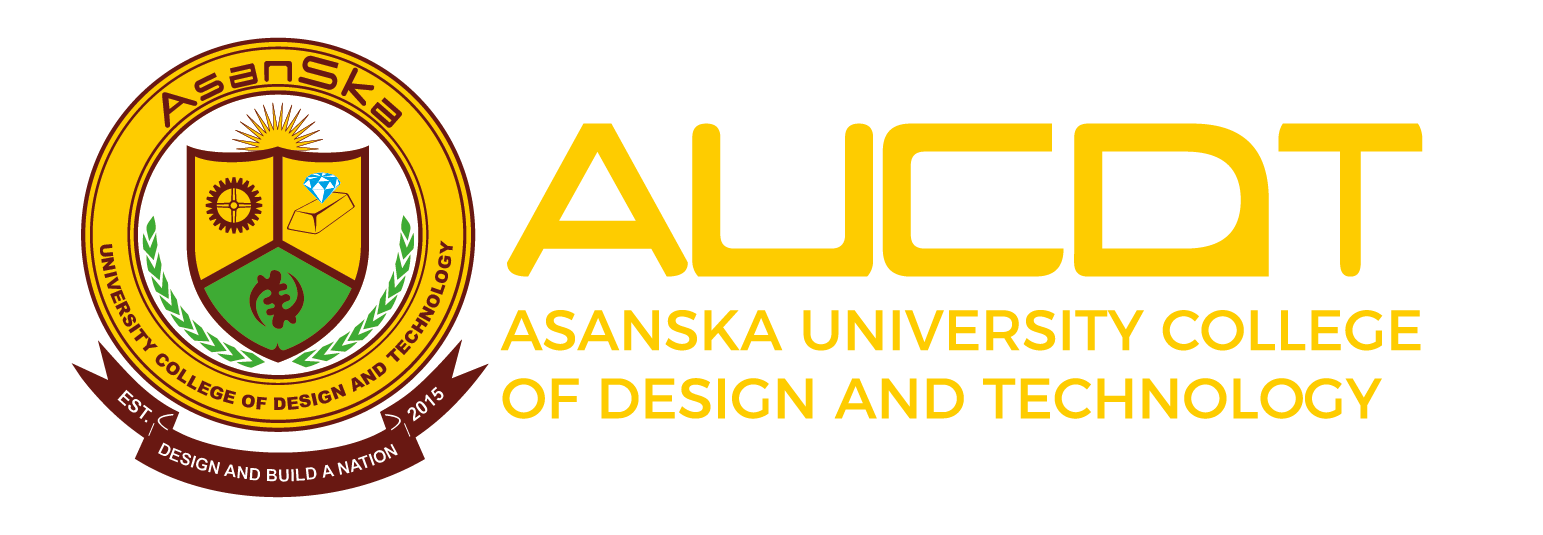
8 Courses
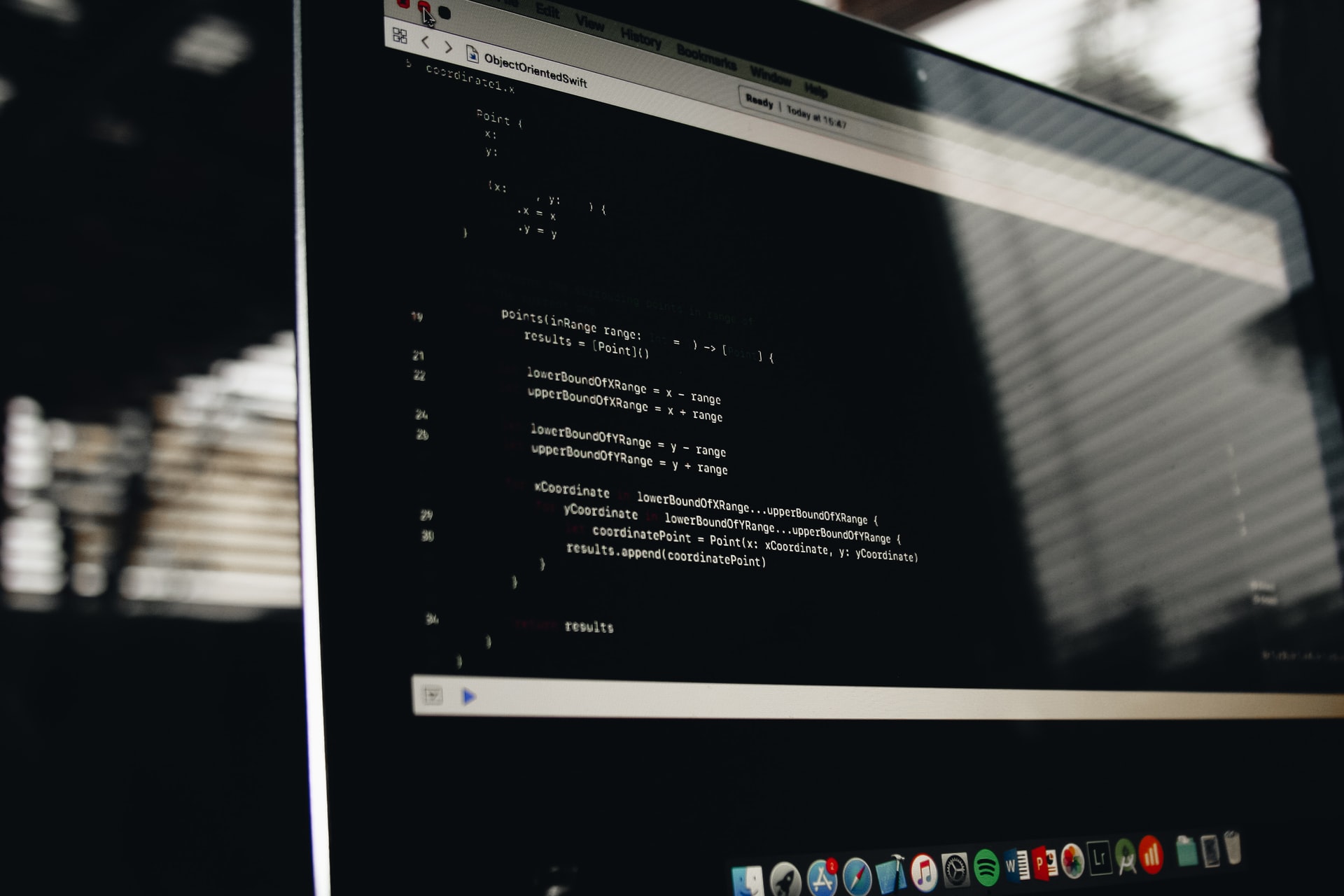
Semester Two
DMCD 121 Basic Programming
This course is designed for students with no prior computer programming
experience. The course introduces the fundamental concepts of procedural
programming. Topics include algorithms and problem-solving, data types, control
structures, functions, arrays, files, and the mechanics of running, testing, and
debugging. The course also offers an introduction to the historical and social
context of computing.

Semester Two
DMCD 122 Idea Development Techniques
This course builds upon the foundation laid by DMCD 112 Basic Design. In this
course, effort is made to describe Convergent and Divergent Thinking methods.
Techniques discussed include Edward de Bono’s Lateral Thinking which uses
information to bring insight. Idea Development is an iterative process and
investigative (heuristic) methods are highly valued.
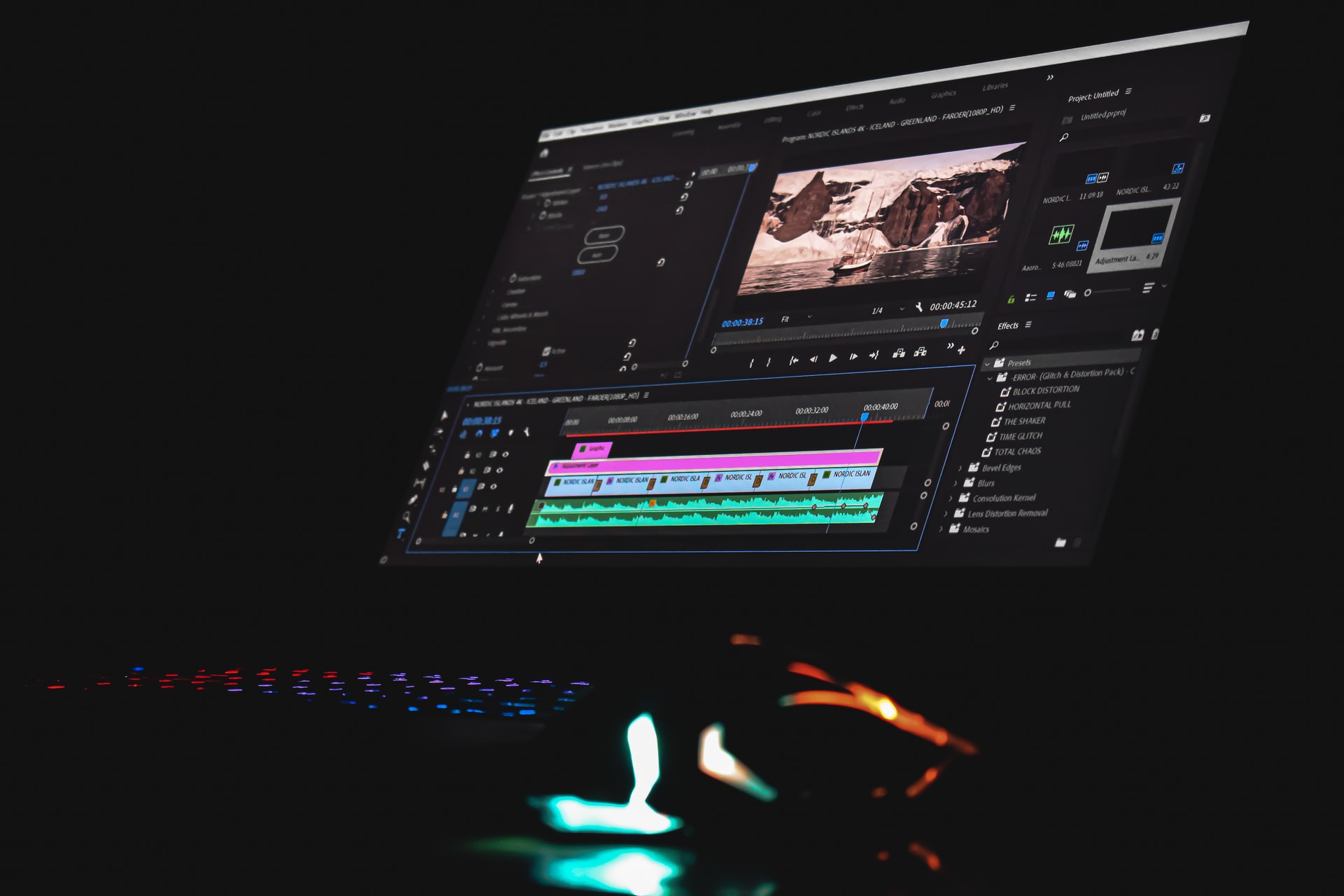
DMCD 123 Basic Rendering Techniques
Drawing and illustration train the eye to judge line indication, shapes,
proportions, value, and composition. Next, drawing and illustration assist in
refining hand-eye coordination and psychomotor skills. This course using
traditional and digital rendering techniques, reinforces lessons taught in Basic
Drawing and guides students to illustrate more complex natural forms and
manmade objects such as people, places and manufactured products.
DMCD 124 Design History
To become a true design professional, it is important for students to obtain a
complete overview of Design and the forces that have shaped it. Also vital, are
the contexts within which it has manifested itself and gained relevance. This
course outlines the history of Design from pre-history, through the Renaissance,
to the present era.

DMCD 125 Typography
This course establishes knowing
Typography as a fundamental skill in Visual Communication. Students must
understand and apply the following four concepts when selecting and
reproducing type: appropriateness, legibility, harmony (of all elements) and
emphasis.
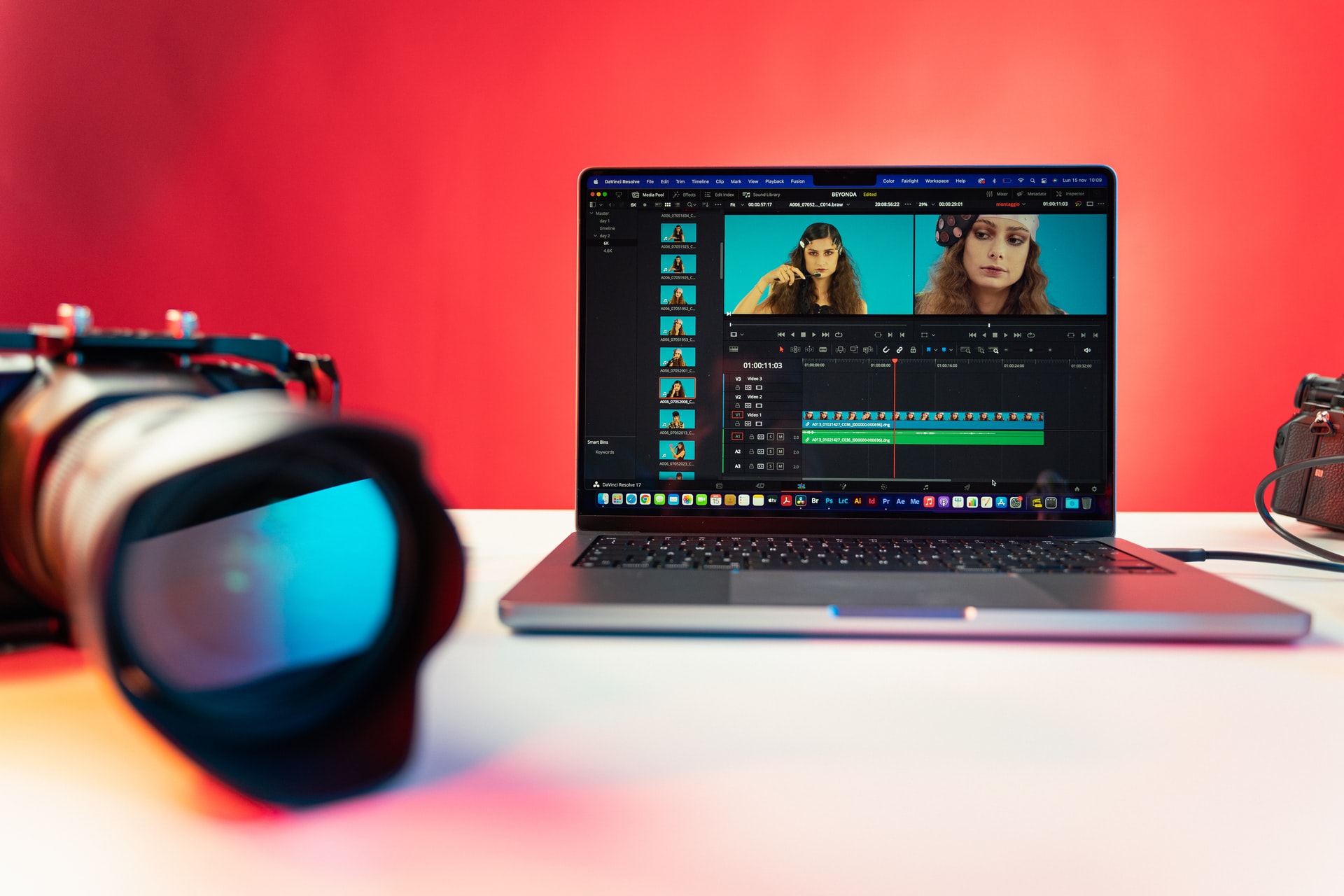
DMCD 126 Image Manipulation
Images have become dominant in contemporary Visual Communication. It is
mandatory that students master software developed specifically for
transforming images into thought-provoking memories. Vector-based images
often, it is debated, lack the refinement and subtlety of raster-based images. This
course introduces students to raster-based image manipulation using Adobe
Photoshop and other allied software.
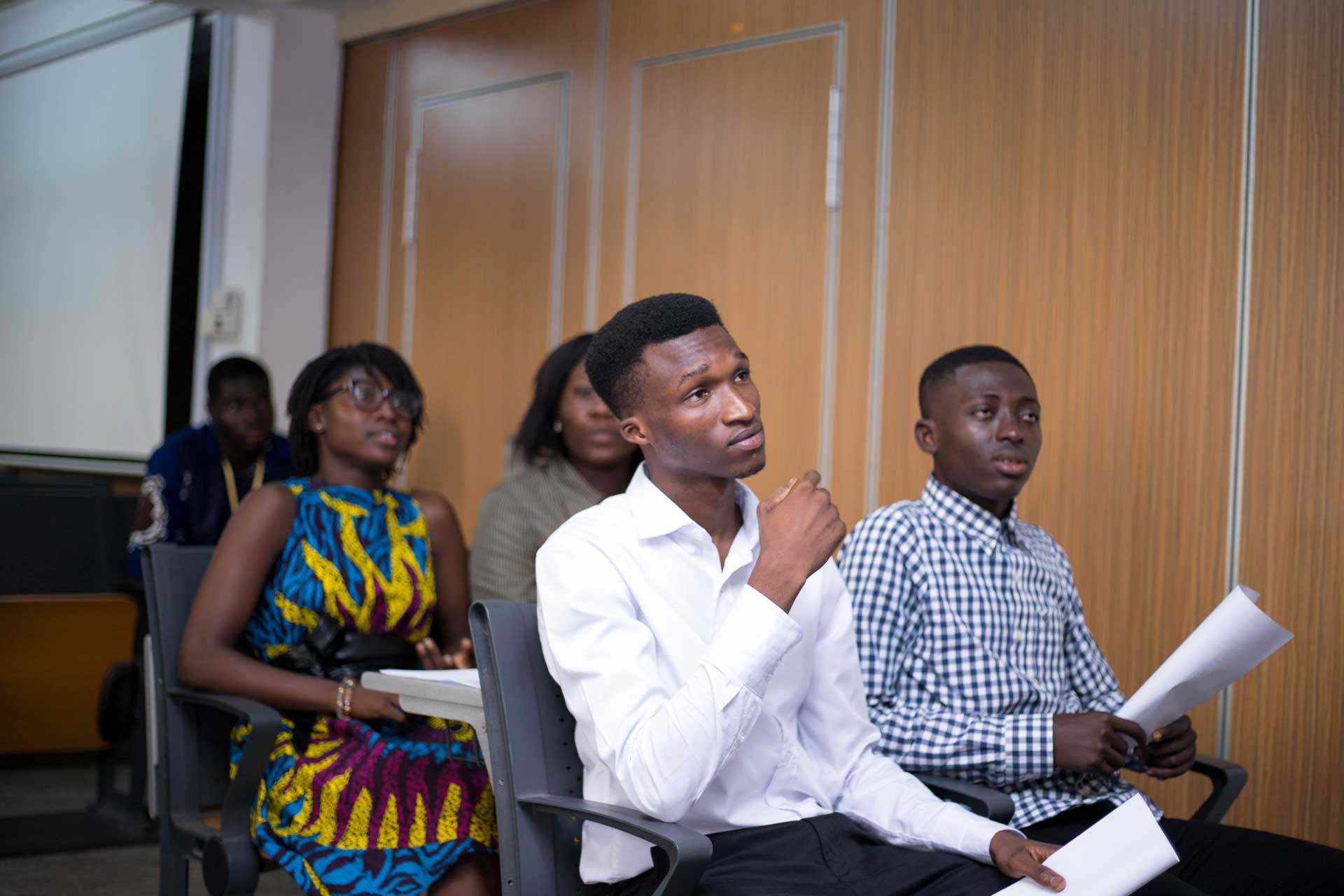
Semester Two
ACDT 126 Communication and Study Skills II
This course provides students with the knowledge and skills to communicate
professionally on many levels including writing; speaking; conducting meetings;
giving presentations and interpersonal dialogues; and using electronic media. It
will also help improve students’ ability to speak and to understand spoken
English through a variety of listening, pronunciation, and speaking activities.

Semester Two
AUCDT 127 Information and Communication Technology II
This course equips students with enhanced knowledge
and skills in operating the computer as a drawing, designing and presentation
tool. This will also enable students to perform various tasks using a
combination of software programmes such as Word, Photoshop, and PowerPoint and
specialised software for CAD activities in their chosen fields of study.
